4 min read
Navigating the Blue Economy with TrueOcean to fight climate change
Imagine this: our oceans are not just inert bodies of water; they function as the very “lungs of our planet”. Did you ever stop to think that...
With targets and deadlines connected to the United Nations Sustainability Goals (UN SDG), Glasgow Climate Pact (COP 26), and Germany’s Wind Energy at Sea Act (the Easter Package) to name just a few national schemes, 2030 is set to be a milestone year for major climate change initiatives.
But the outlook is not positive, with the Renewables Consulting Group (RCG) stating that only Vietnam, Poland, and Denmark are on track, among a list of the fifteen countries that have offshore wind specified development targets for 2030.
Whether more countries meet their goals will depend on political will and motivation. But perhaps an even bigger challenge is the sheer scale of engineering and technology innovation needed to accelerate renewable energy production before global climate change tips over the point of no return.
In Germany alone, the Easter Package offshore wind production targets call for somewhere in the region of 11,000 new wind turbines. That’s circa 11,000 thousand new piles and foundations to be located and verified using seismic or hydroacoustic surveying techniques, just for the initial field development purposes. Return surveys will be needed throughout each wind farm’s entire lifecycle.
When considering that a single square kilometer generates approx. 2.5 GB of data from a multibeam echosounder survey – including all metadata – the scale of the data management task just to understand the seafloor in a small portion of the German North Sea and Baltic Sea rivals the physical challenges faced by turbine manufacturers and wind farm installation contractors on the way to 2030.
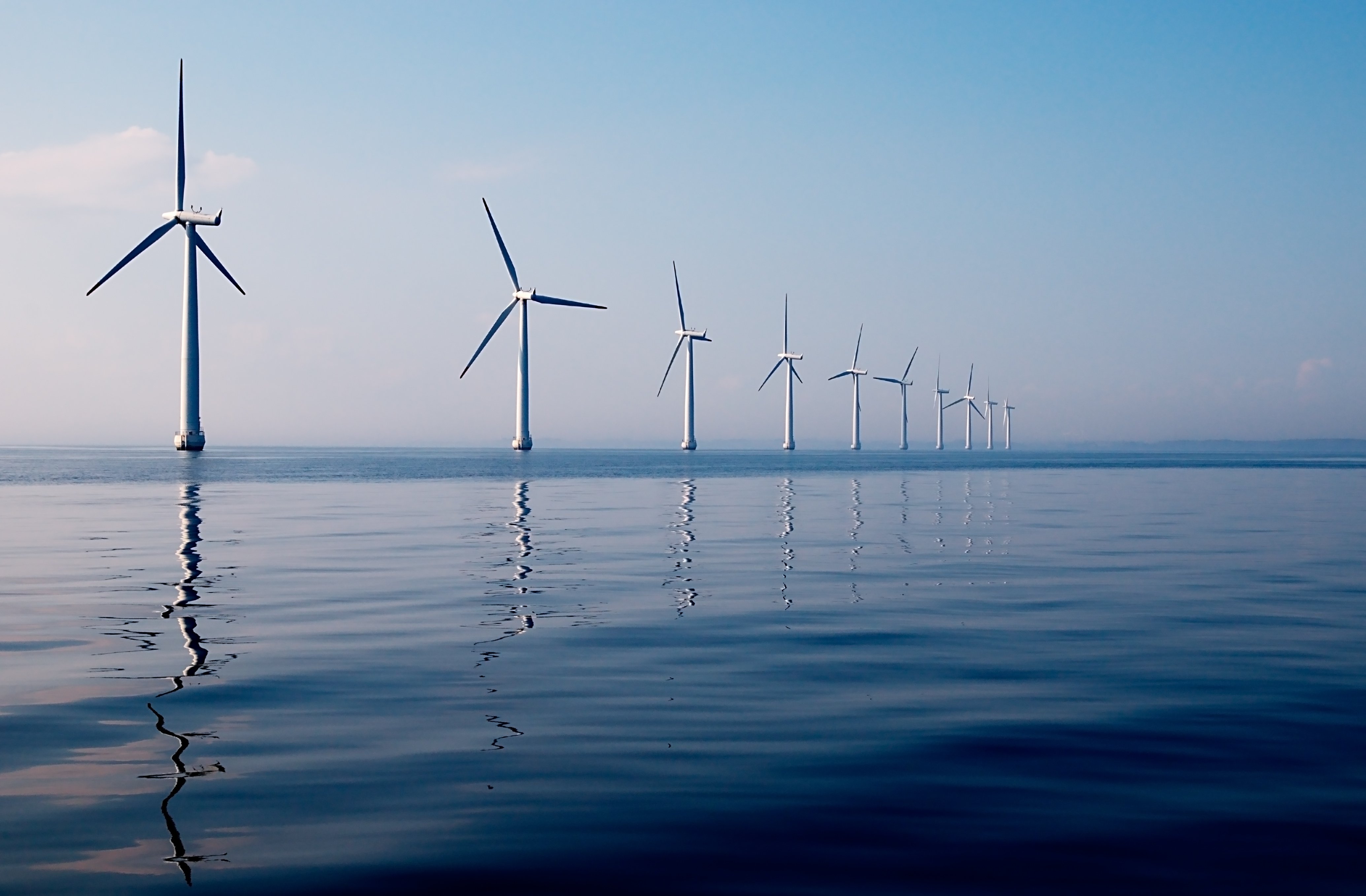
Certainly, because there is such a wild diversity in subsea data sensors and formats, any approach to digital storage, analysis and sharing will take the form of a so-called ‘dataspace’, is a centralized repository designed to store, process, and secure large amounts of structured, semi-structured, and unstructured data.
The platform used must be able to recognize the data formats imported to the dataspace and be able to convert them to a standardized format for further sharing within the platform or via exporting. If this is possible, the requirement for expensive and dedicated licenses for software to interact with just one type of specialized data will be a thing of the past.
With a dataspace, the value of any data can be extracted in order to optimize collaboration between approved stakeholders in the value chain. Marine survey provider, energy company and their various teams and the marine contractors tasked with the underwater construction projects the data enable can all access the same data on one platform, ultimately removing many of the pain points involved in project data management.
The TrueOcean Marine Data Platform uses AI to analyze incoming data and metadata regardless of its original format, and retains its quality and resolution when converting it to ‘Parquet’, a free and open-source storage format for fast analytical querying, already adopted by the global community of Cloud service providers.
This is happening today, and while some rare data formats may be problematic, TrueOcean can work directly with providers to develop a solution, while the AI also learns new approaches. The reality is that the hundreds of potential i.e., water column, seafloor or below the seafloor data formats can now be standardized into a single, unified format, which is something never before seen in the world of marine surveying.
An Aberdeen survey highlighted by Amazon Web Services saw organizations who implemented a Dataspace outperforming similar companies by 9% in organic revenue growth. So, while the scale and diversity of marine data in the context of new wind farm developments demands a central data repository for optimized management and value extraction, economic benefits should also drive adoption of new digitally-focused data strategies at the renewable energy provider and offshore contractor levels.
While data standardization and unification is essential, building an ecosystem ready to manage the level of marine data that offshore wind energy demands by 2030 presents numerous challenges, which we’ll discuss in future blogs we have in the pipeline. Watch this space…
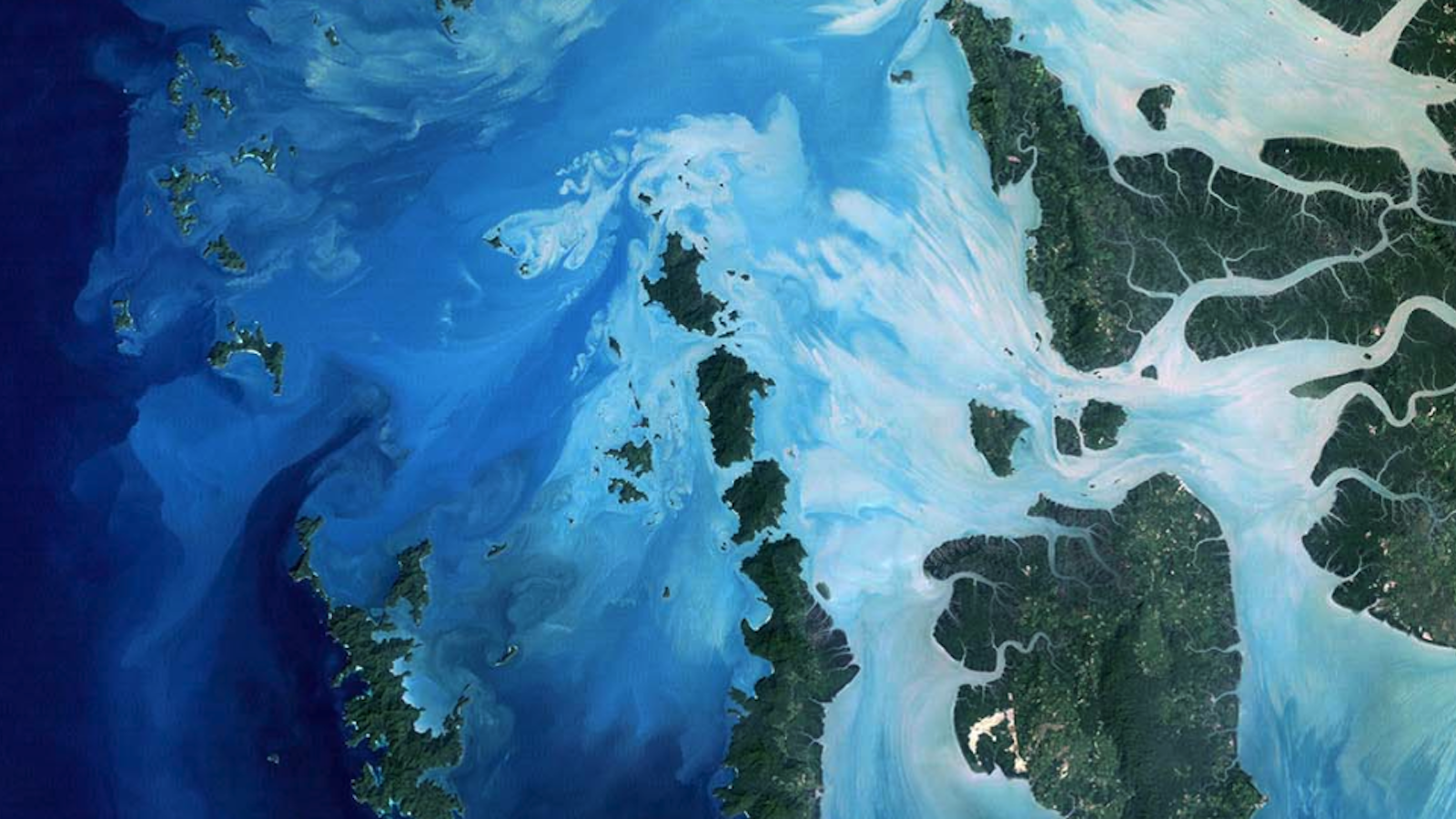
4 min read
Imagine this: our oceans are not just inert bodies of water; they function as the very “lungs of our planet”. Did you ever stop to think that...
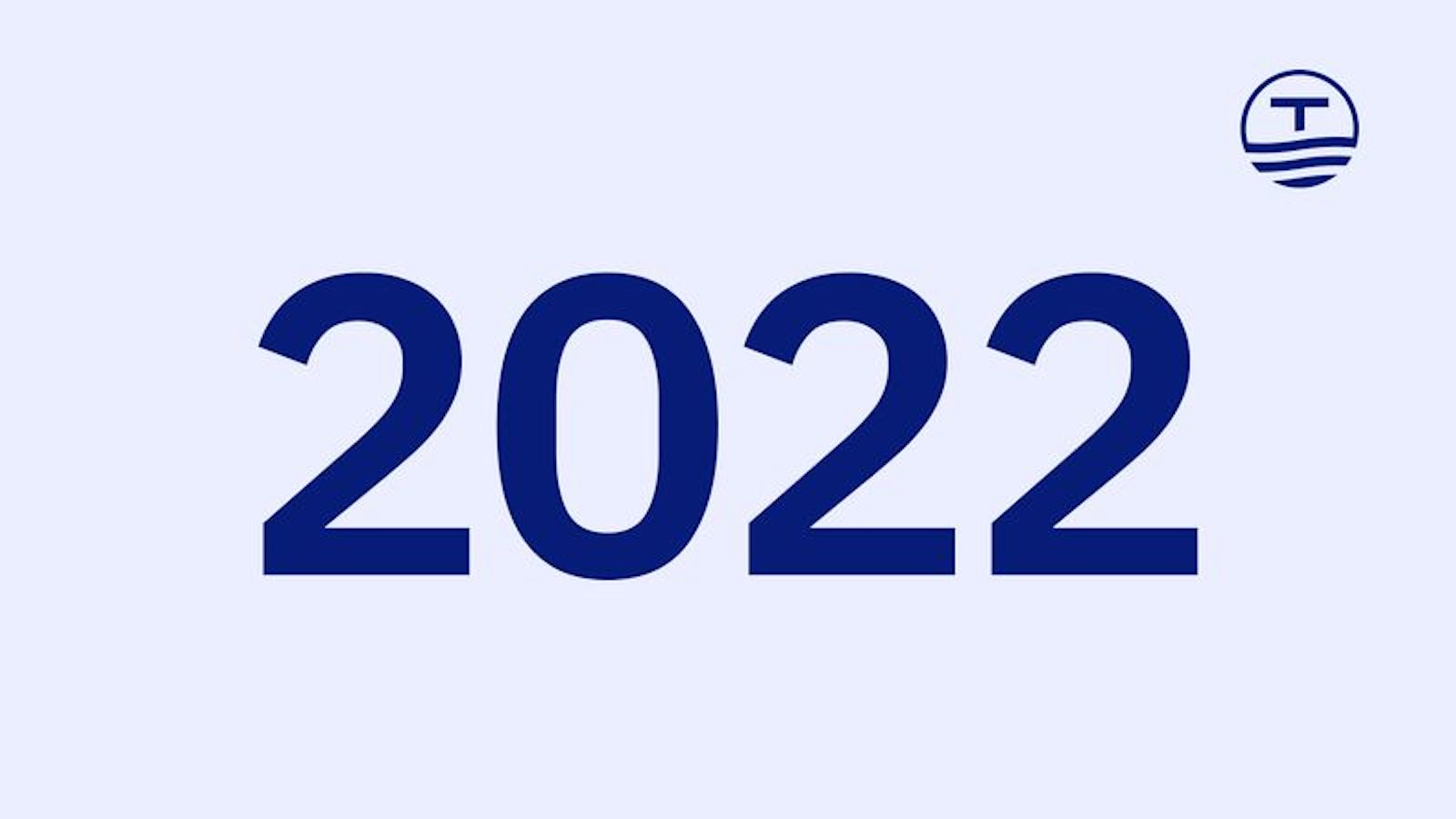
4 min read
Having established TrueOcean in November 2019, our focus in the early years was of course on developing our Marine Data Platform (MDP) in line with...
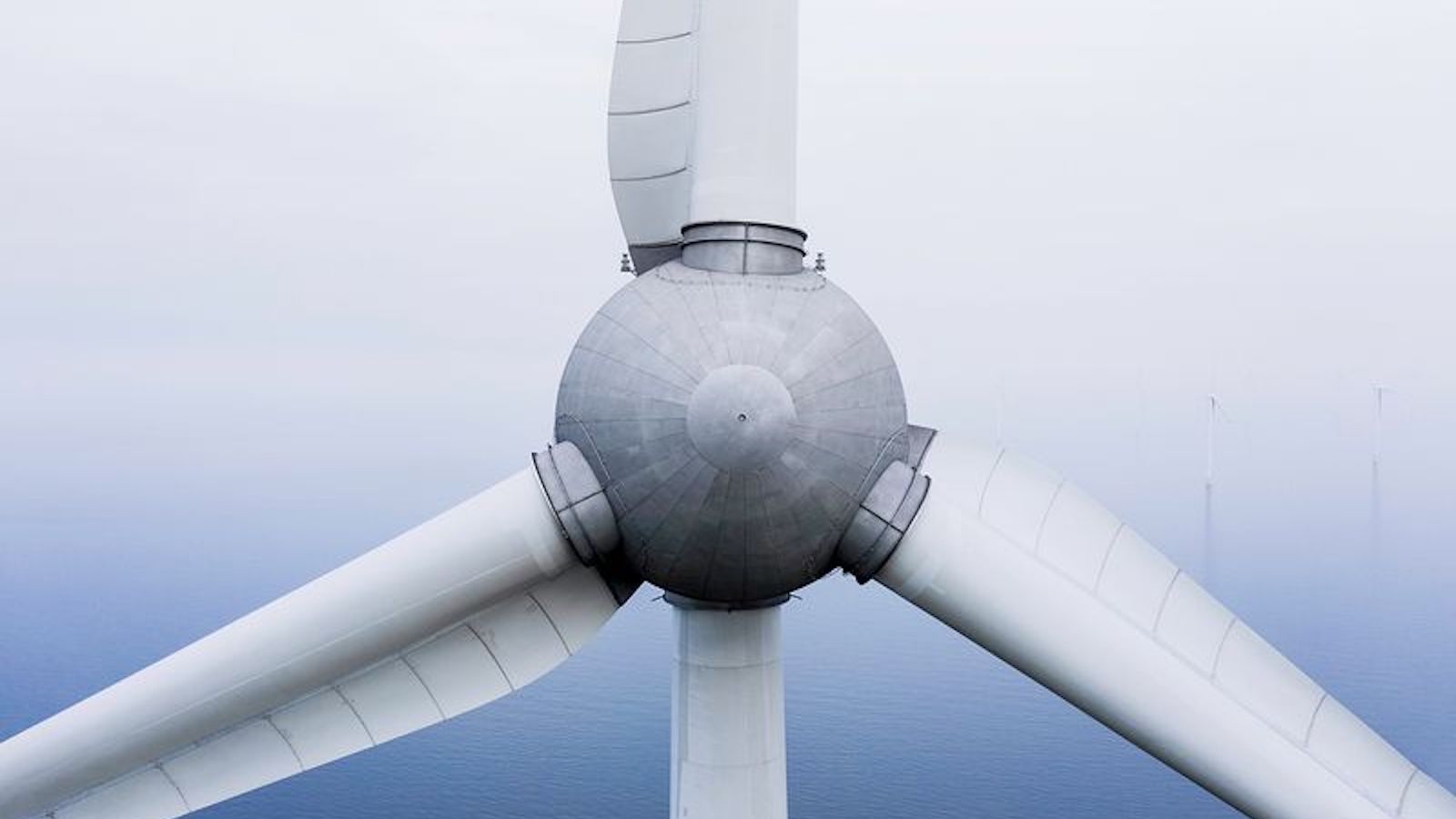
4 min read
The marine industry is facing an unprecedented decade: digital technologies promise progress in the development of offshore wind power and the...
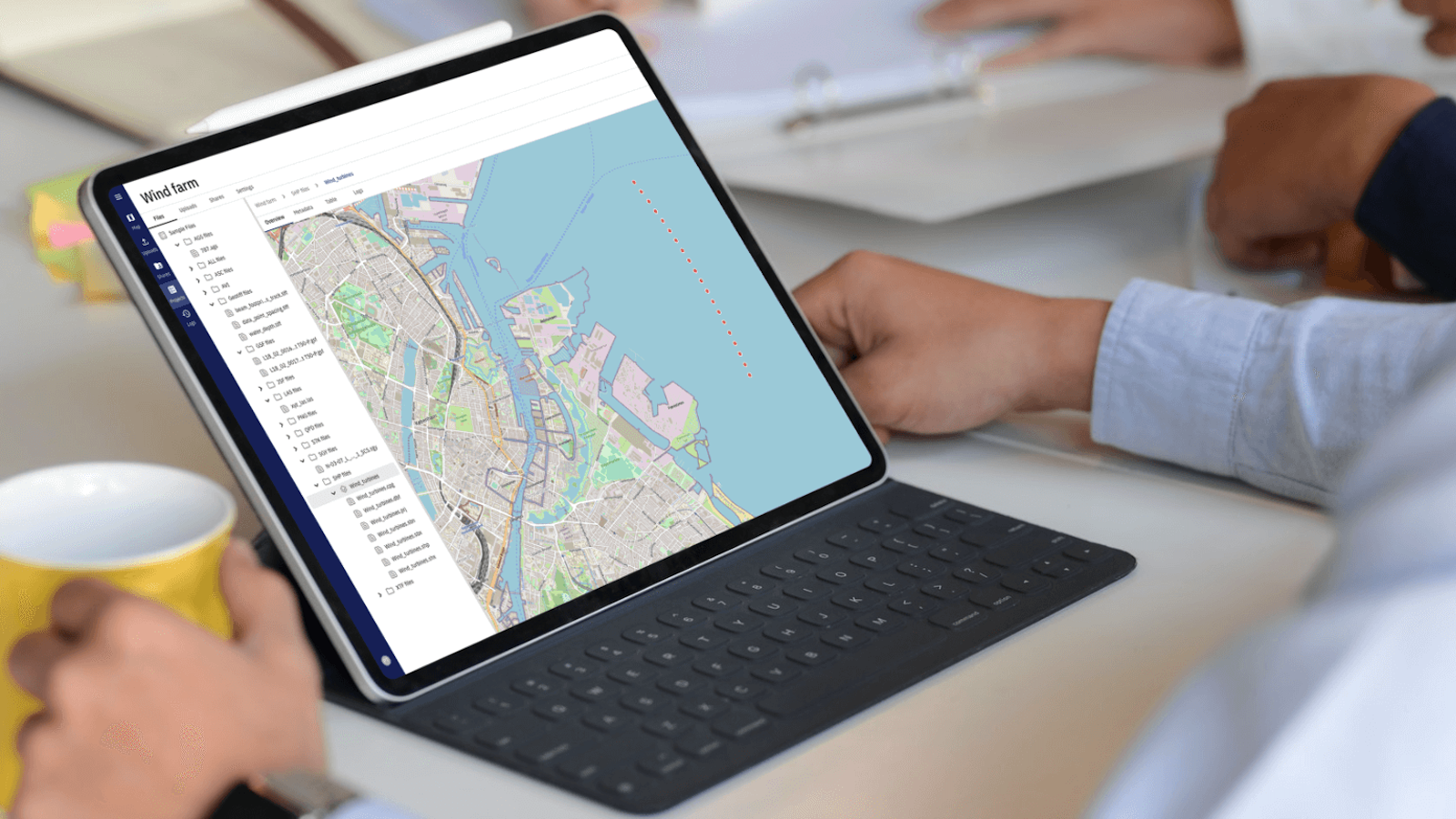
4 min read
The rapid growth of offshore wind farms has led to an increased demand for accurate and reliable data and data management. The marine data could be...
